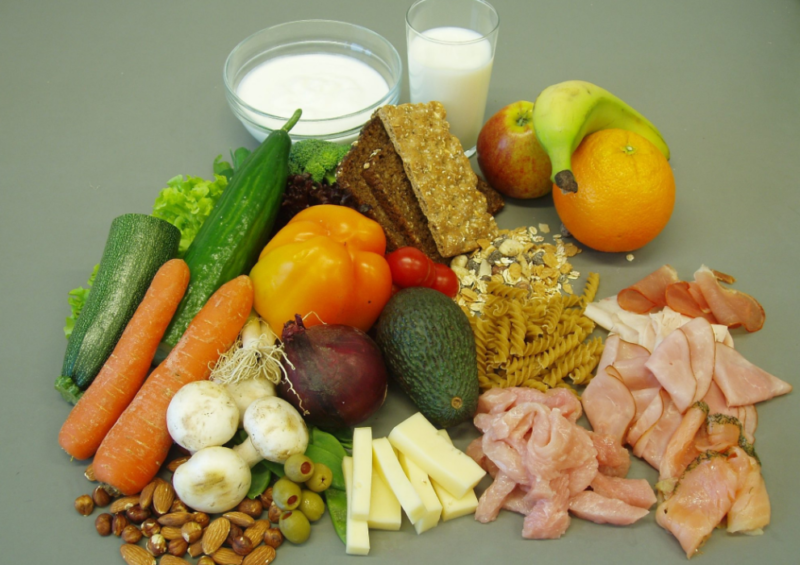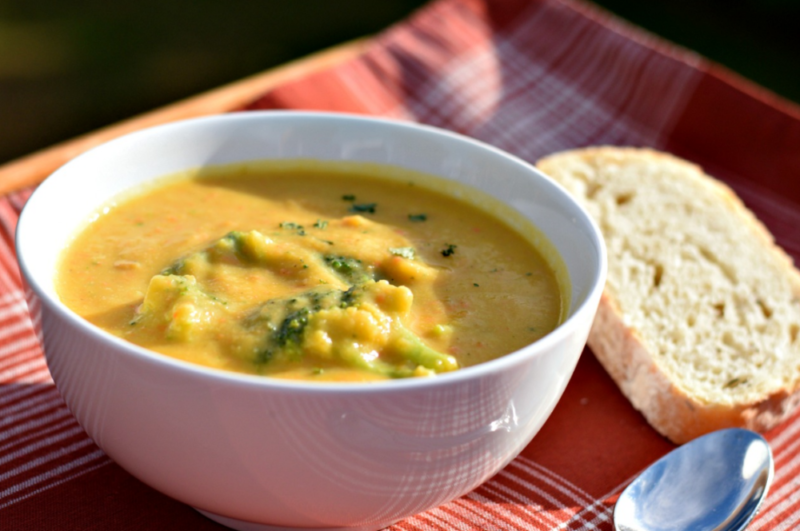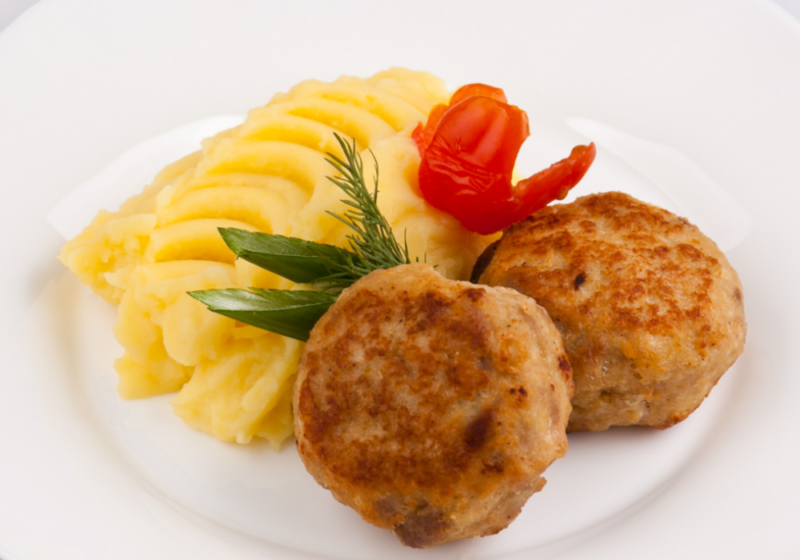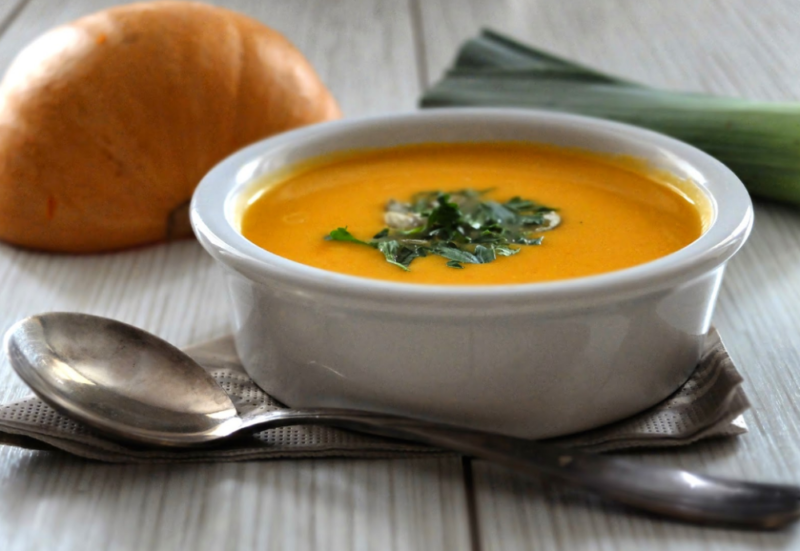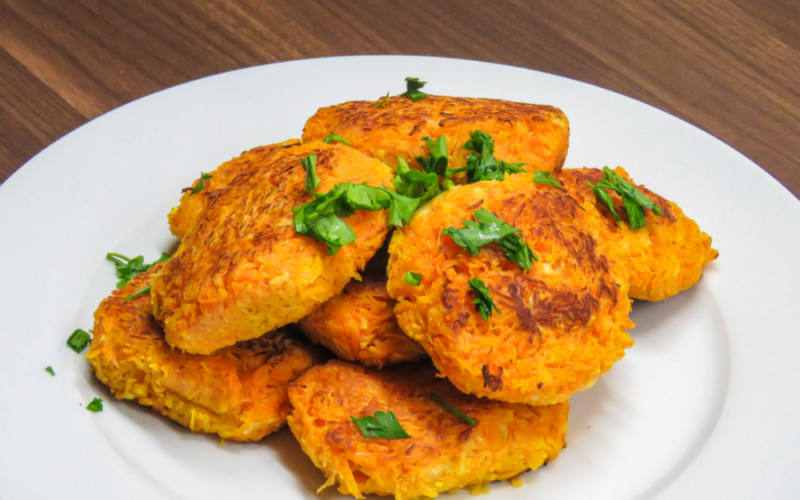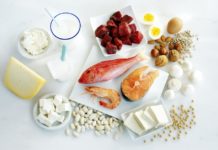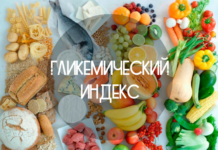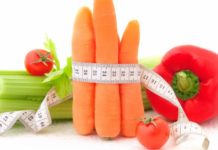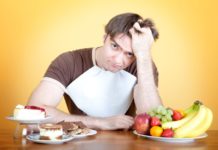A diet for pancreatitis and cholecystitis is an important component of therapy. Without proper nutrition, it is impossible to cure these diseases. And if, in spite of the restrictions, use forbidden food, then you can get serious complications.
Material Content:
The principles of the diet for pancreatitis and cholecystitis
Dietary nutrition is the basis of a positive therapeutic effect. It is important not only to understand what you can and cannot eat, but also to adhere to the regime.
The therapeutic diet according to Pevzner implies compliance with the following principles:
- eat fractionally, that is, in small portions, but often (5-6 times a day);
- the last meal no later than 2-3 hours before bedtime;
- adhere to an abundant drinking regime, drink at least 2 liters of water per day;
- when making the menu, give preference to protein foods, reduce carbohydrates and fats;
- cook food by cooking, baking or stewing, steamed, exclude fried foods;
- fatty foods replace lean;
- refuse hot and cold food, the optimum temperature should be in the range of 37-40 ° C;
- give preference to liquid and grated food.
This is the basis of the diet for such diseases. If you do not follow the rules, then serious health problems are possible.
It is worth noting that nutrition for pancreatitis and cholecystitis is compiled according to the rules of table No. 5, which is specially designed for this group of patients. In the chronic form, a slightly different diet is used. And in the period of remission, patients are allowed to switch to table 5p, which implies fewer restrictions.
Allowed and Prohibited Products
With pancreatitis and inflammation of the gallbladder, it is worth switching to homemade low-fat food.Useful are the first dishes cooked in a vegetable or second meat broth, stewed vegetables, cereals, steam cutlets, as well as dairy products. This is the basis of the diet of patients with such diseases.
Note. Most importantly, compliance with table 5 during the exacerbation period.
As for vegetables and fruits, there are limitations. Legumes, cabbage, eggplant and mushrooms should be excluded from the diet, the use of acidic varieties of fruits and berries is also not advisable. Useful dried fruits. A day you can eat no more than 15 g of butter, limit the consumption of flour and pasta, as well as sugar (no more than 70 g per day). Eggs are allowed, but in a limited quantity, not more than 2 pcs. in Week.
You can cook the first dishes in vegetable oil, but use it no more than 2 tbsp. l per day.
What can not be eaten?
A medical diet excludes these products:
- fatty varieties of meat and fish, lard, lard;
- salty and spicy;
- marinades, pickles, canned food;
- smoked meats, sausages;
- fast food, convenience foods;
- cabbage, eggplant;
- legumes, mushrooms;
- fresh pastries;
- coffee, cocoa;
- chocolate;
- alcohol.
All of the above foods are slowly digested and impair digestion.
Features in acute and chronic form
In acute inflammation of the pancreas or exacerbation of the chronic form, you should adhere to the most strict diet. For the relief of pain the first 2 days, hunger is useful, the volume of fluid consumed should be up to 2 liters per day. On day 3, liquid food is allowed. Until the end of the acute period, raw fruits and vegetables, any confectionery with fats, sugar, egg yolks, and also all products prohibited by table No. 5 are excluded.
Important. In the acute form, food is cooked only for a couple, you can not bake or stew.
With a chronic form in remission, the diet is not so strict. It is necessary to limit the use of alcohol, as well as food that irritates the mucous membrane and is difficult to digest (fatty, hot, cold, fried, salty, spicy, sour and sweet).
Sample menu "Tables number 5"
Nutrition should be varied, do not focus on one dish, otherwise it will lead to vitamin deficiency and a breakdown.
Here is a good example of a one day menu:
- for breakfast, omelet made from only one protein, mashed milk porridge, tea;
- lunch can consist of baked apple or carrot puree;
- lunch is hearty, suitable vegetable soup, steam fish cakes, baked potatoes or mashed potatoes, crackers, broth of wild rose;
- enough cheese pudding for an afternoon snack;
- You can have dinner with stewed vegetables (zucchini, tomatoes, peppers) with pieces of beef, jelly;
- snack before bedtime is light, it can be a glass of fermented baked milk or yogurt, but no more.
In diseases of the biliary tract and gall bladder, buckwheat, rice, oat and semolina are useful. It is advisable to cook sweet cereals with the addition of dried fruits. For meat dishes, you should choose a rabbit, chicken or beef, low-fat sea fish (hake, cod), shrimp and squid are suitable for seafood.
Diet recipes
Following a diet does not mean eating good food. There are many recipes for making delicious dishes, such as pumpkin soup.
Ingredients for its preparation:
- pumpkin - 0.6 kg;
- milk - 0.7 l;
- cream - 100 ml;
- butter - 75 g;
- bread - 200 g.
Cooking:
- Pumpkin must be cut into cubes and boiled in milk.
- Cut the bread the same way and dry in the oven. Store crackers should not be used.
- Add dried bread to the soup, cook until the mass is soft. If the dish is too thick, then add a little milk.
- Season the soup with salt, butter and cream.
The first dish is ready. On the second, you can cook apple and carrot cutlets. They are tasty and healthy.
Ingredients:
- large carrots - 1 pc.;
- apples - 2 pcs.;
- boiling water - 50 ml;
- sugar - 2 tbsp. l .;
- semolina - 3 tbsp. l .;
- egg - 1 pc.;
- breadcrumbs.
Cooking method:
- Cut the carrots into strips, pour boiling water and add sugar. Boil until the mass is soft.
- Add chopped apples, stew for another 5 minutes, remove from heat. Pour semolina, beat in egg white. Stir and form cutlets, roll in breadcrumbs.
- Cook in the oven for about 20 minutes.
Cutlets can be served with sour cream.
Proper nutrition is the key to well-being and the prevention of exacerbations in diseases of the pancreas and biliary organs.



